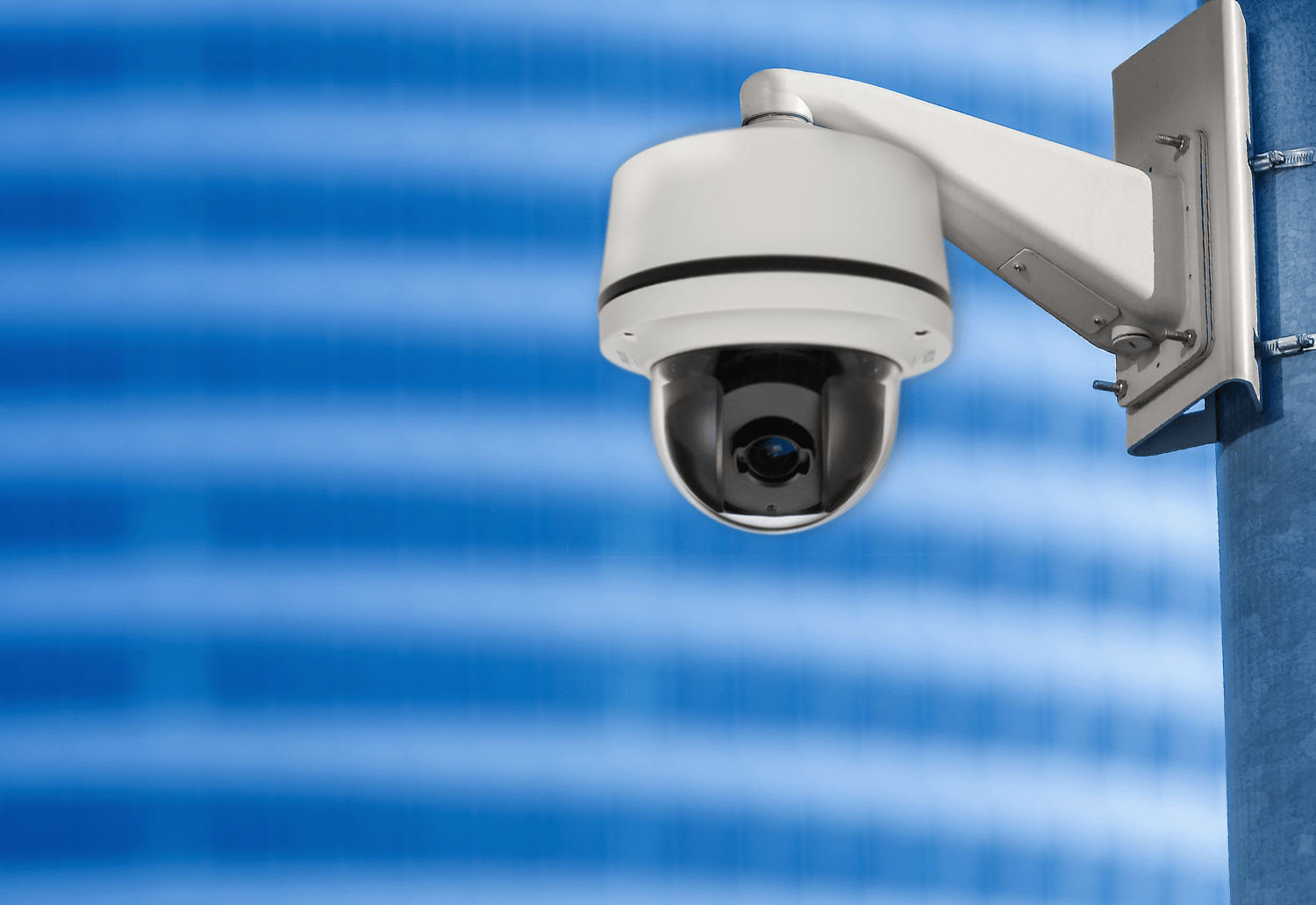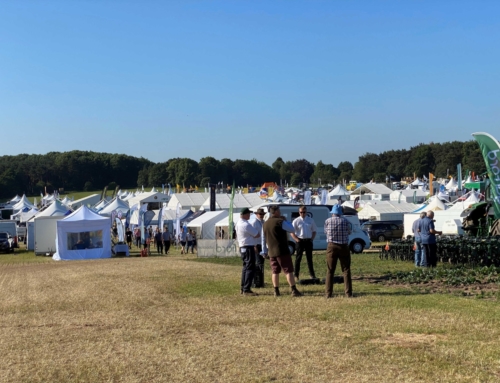Cities are going to get a lot smarter over the next decade. Tesla, government regulations, and new ways of living won’t be stopped.
Tighter pollution controls, increased urbanisation and traffic management, will lead to large scale rollouts of IoT, 4k CCTV, 5G mobile, street sensors and intelligent everything. All of this has to be tied together by both radio and fibre architectures.
Unfortunately, whilst fibre technology offers future proof capacity and latency, it is difficult, expensive, disruptive and a pain for historic areas to deploy. With the quantity of devices, physical connections are not feasible, and with the cost of 5G/4G (and its capacity limitations), standard mobile tech is just too expensive.
Part of the initial solution is therefore Wi-Fi Mesh. Already used as an offload mechanism for the mobile operators, and an engagement tool for visitors, Wave 2 Wi-Fi offers high capacity connections at a local level. Add the latency, security and bandwidth requirements for CCTV, linking CCTV backhaul to Wi-Fi access points reduces the cabling and bandwidth overheads.
CCTV also tends to be in the places that outdoor Wi-Fi is installed, so an added benefit is powering the CCTV cameras over Ethernet, reducing power and cabling.
With continuous street Wi-Fi coverage being a thing, we can further reduce backhaul cabling by using Wi-Fi mesh, especially at the higher licensed frequencies where interference is much less.
So solutions are available now, for inexpensive, but secure, high speed backhaul whenever businesses, retailers, towns, local government, transport and utilities are ready to embrace the future.
For a Ruckus view on CCTV, read Scott Heinlein’s article here.





